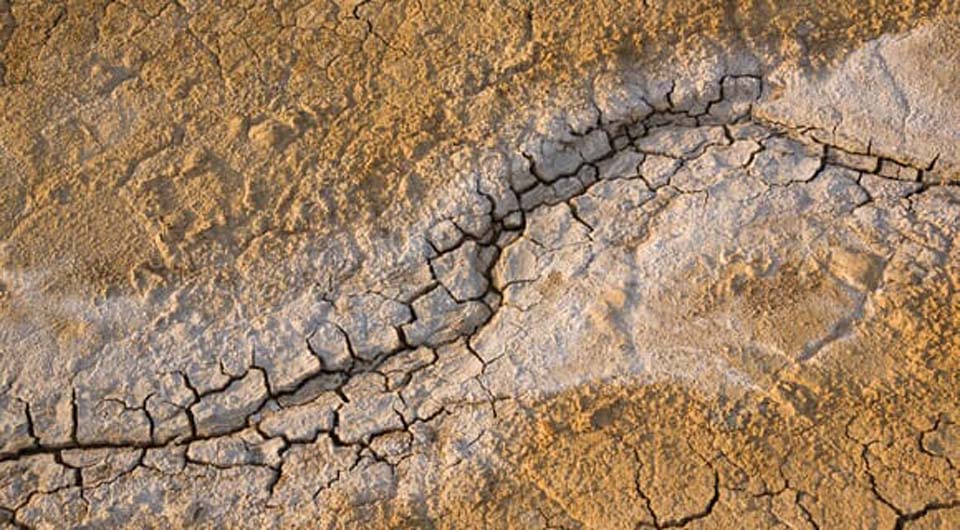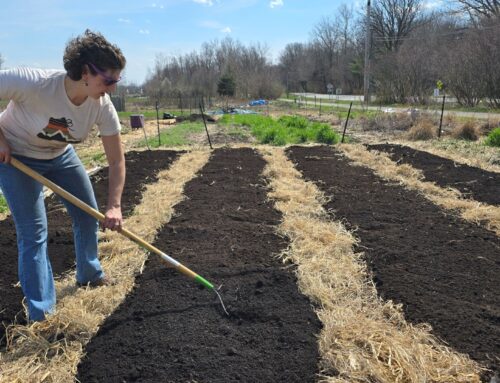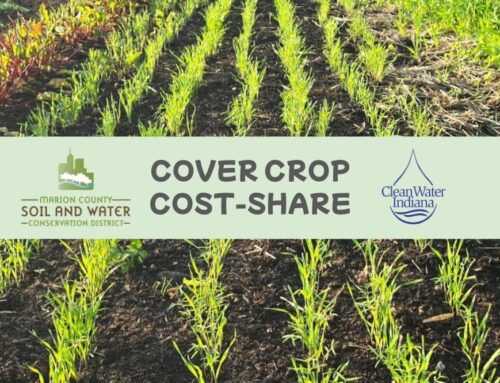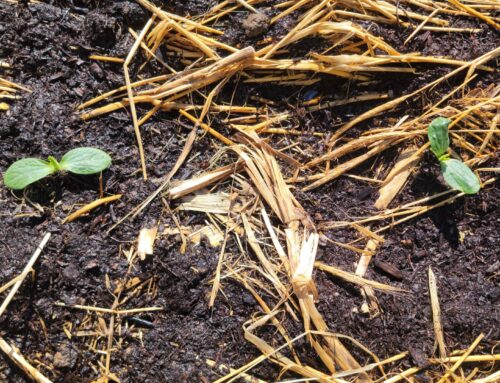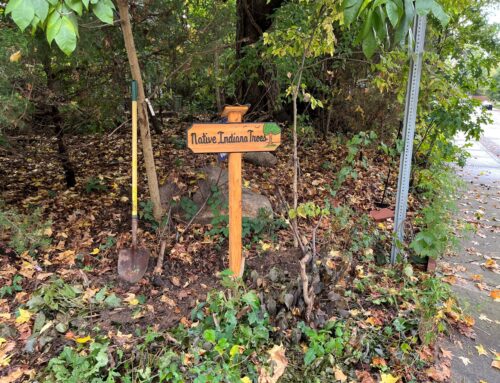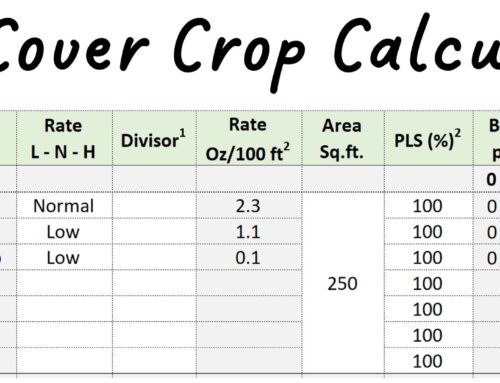by Jerry Raynor, NRCS State Conservationist
Have you ever seen white crusts on soil in Indiana? Yes, it is what you think. Soils can be salty. That’s because salts are present naturally in soil and water and they have the ability to move freely throughout the soil. Naturally saline soils may support rich ecosystems, but processes such as droughts and human activities, especially improper irrigation, can increase how many salts are in your soil, a process we call salinization. And while we may enjoy a shake or two of salt on our food, salinization can break down our soil and reduce its ability to help grow that very food we love to eat.
As the earth’s population continues to grow and the demands on our soil increases, we need to continue raising awareness about the importance of healthy soil and advocate for the sustainable management of one of our most precious resources. Each year in December we recognize the importance of soil on World Soil Day. This year’s World Soil Day campaign is “Halt soil salinization, boost soil productivity.”
According to the United Nations, soil salinization is a major soil degradation process threatening ecosystems and is recognized as being among the most important problems at a global level for agricultural production, food security, and sustainability in dry and semi-dry regions. Salt-affected soils have serious impacts on soil functions, such a decrease in agricultural productivity, water quality, soil biodiversity, and soil erosion.
While soil salinization is not a big issue in Indiana right now, managing for soil health is one of the most effective ways for farmers to increase crop productivity and profitability while simultaneously reducing the chances of soil salinization on their fields. But soil health isn’t achieved overnight. It takes patience, fortitude and a system of practices working together to produce healthy, fully functioning soils.
USDA’s Natural Resources Conservation Service is excited to work hand-in-hand with Indiana farmers to find the best combination of conservation practices to manage their land for optimal soil health. Here are 10 quick tips on how you can boost your soil’s productivity and prevent soil salinization from being an issue on your land:
- Use cropping and tillage systems that promote adequate infiltration and permeability. This includes building organic matter for soil aggregation and avoiding compaction.
- Reduce deep tillage, which buries more residue and reduces soil aggregates.
- Maintain vegetative cover.
- Improve your drainage systems.
- Irrigate your land using proper and efficient methods.
- Promote integrated soil fertility management by returning manure and crop residue to the soil to increase soil-water retention.
- Remove excess water by using actively growing, deep-rooted plants.
- Plant forage crops or trees next to bodies of water to increase water use.
- Add chemical amendments such as lime or gypsum.
- Use salt-tolerant crops.
We owe our existence to the soil. As we face the need to produce more food and fiber and are confronted with climate and sustainability challenges, I believe there is no better time to work together with Hoosier farmers to improve the health of this critical living resource.
If you would like to learn more about improving the health of your soil, stop by the NRCS office nearest you to talk to a district conservationist or go online to www.in.nrcs.usda.gov. To learn more about World Soils Day, please visit: https://www.fao.org/world-soil-day/en/.
Jerod Chew is the District Conservationist for Marion & Hendricks counties. He can be reached at jerod.chew@usda.gov
Kevin Allison is a Soil Health Specialist with the Marion County SWCD. He can be reached at kevin-allison@iaswcd.org
About NRCS:
USDA’s Natural Resources Conservation Service helps America’s farmers conserve the nation’s soil, water, air and other natural resources. All programs are voluntary and offer science-based solutions that benefit both the landowner and the environment. To learn more about NRCS and what we do go visit www.in.nrcs.usda.gov/ Follow us on https://twitter.com/IndianaNRCS.


